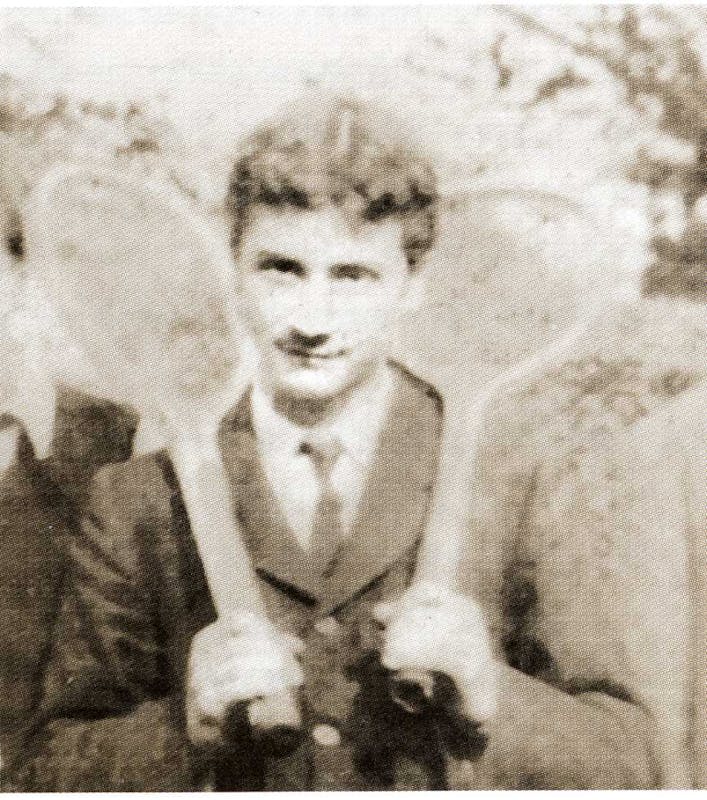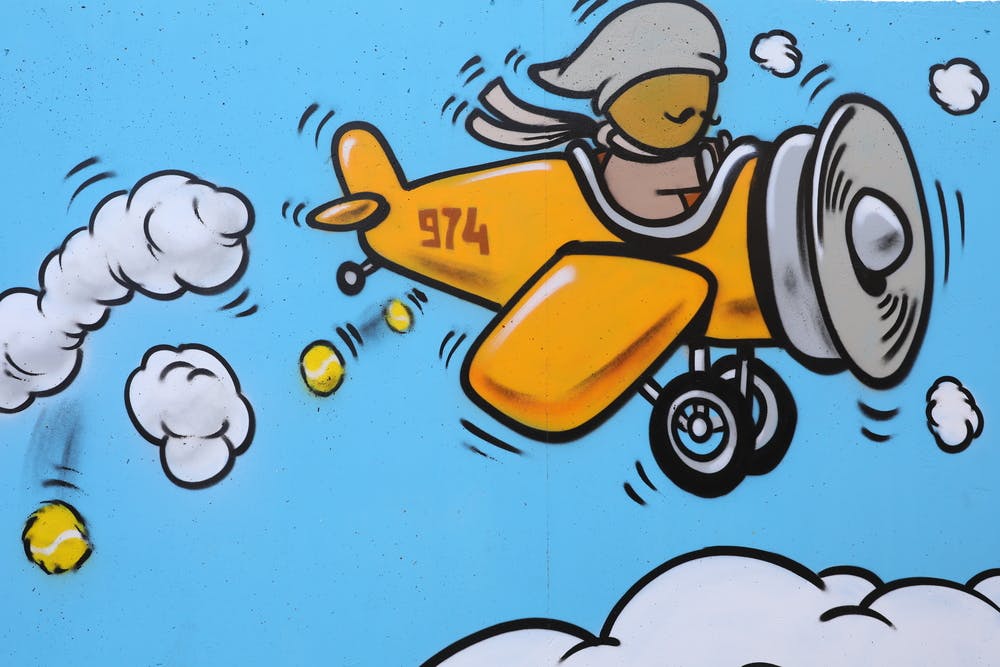READ MORE
Long drive worth it for Trungelliti
One hundred years since the death of the aviation pioneer and war hero Roland Garros, his spirit lives on.

What’s a bit of seasonal rainfall and the odd clap of thunder when you consider the accomplishments of a particular Frenchman who flirted with the clouds? Unique among the Grand Slams, Roland-Garros is named after a person – and not a tennis champion, but an aviation pioneer and war hero who was shot down and killed near Vouziers, Ardennes, a month before the end of the First World War and a day before his 30th birthday.
The feats of young Eugène Adrien Roland Georges Garros encapsulate verve, camaraderie and patriotism, qualities that resonate with the competitors at Roland-Garros. But who was he? Why is the stadium named after him? And why is the RG Centennial Men’s T-shirt with his image and the caption L’homme qui flirtait avec les nuages this year’s must-have item from the boutiques?
The 2018 French Open marks the 100th anniversary of the death of Roland Garros with a number of tributes including a temporary exhibition at the FFT Museum which, with accompanying book, establishes his legacy anew. Close to Court 18, street artist Jace, who lives on Réunion Island where Garros was born, has created a piece of contemporary graffiti art inspired by the heritage. As if to summon Garros’s spirit before the men’s singles final on Sunday 10 June, the Patrouille de France and the legendary “Cicognes” squadron of Mirage 2000 jets will perform a fly-over.
Roland Garros was a man who set altitude records and performed daredevil stunts in airshows and races. People flocked from as afar afield as South America to see him in action. His was a life of derring-do: he became the first man to cross the Mediterranean and he invented the first on-board machine gun. And yet he didn’t discover planes until the age of 21.
Born in Saint-Denis de la Réunion on 6 October 1888, Garros graduated from the HEC international business school and founded his own car dealership company near the Arc de Triomphe. In August 1909, a friend invited him to the Champagne region where he attended his first air show. Fascinated by all things mechanical, he immediately bought a plane and taught himself to fly. Not one to pootle around among the clouds admiring the view, he set himself a series of challenges.
First up, he determined to become the first man to cross the Mediterranean. On 23 September 1913, he set off at 5.47am from Saint-Raphaël on the French Riviera in his Morane-Saulnier monoplane. He had 200 litres of fuel and 60 litres of castor oil on board and, despite two engine failures that he managed to fix, he landed triumphantly eight hours later in Bizerte in Tunisia - an epic journey of 780 kilometres which would take a little over an hour in a modern passenger jet. He had just five litres of fuel left in the tank. This exploit endeared him to smart Parisian society; Jean Cocteau, among others, became a friend. The poet and filmmaker, who Garros sometimes took out in his plane, even dedicated his work The Cape of Good Hope to him.
 © Cedric Lecocq / FFT
© Cedric Lecocq / FFTWhen the First World War broke out, Garros signed up to fight. At the time, planes were equipped with little weaponry, but sub lieutenant Garros’ innovative skills kicked in and he developed the first single-seater fighter plane equipped with an on-board machine gun that fired through the propeller. He returned to the front equipped with his revolutionary firing device. In early April 1915, Garros notched up three consecutive victories in a fortnight while duelling in the skies, but was then hit by German anti-aircraft defence over Belgium. Forced to land, he was taken prisoner before he had the chance to destroy his plane. His invention therefore fell into the hands of the enemy, who adapted his trailblazing ideas to suit their own aircraft.
Three years later, Garros escaped, disguised as a German officer. But his health had seriously deteriorated; he had become severely short-sighted and secretly made himself pairs of glasses to keep flying. Stubbornly, he returned to battle. His bravery proved fatal: he was shot down, though not before winning a fourth duel. In 1928, 10 years after his death, the tennis stadium that had been built for the Mousquetaires to defend their Davis Cup title was named after Roland Garros, at the request of Emile Lesueur, president of the Stade Français and Garros’ former classmate at the HEC, whose campaign to chair the Stade Français had been supported by the pilot several decades previously.
Giving his name to the stadium where France would defend its flag was a strong symbol of patriotism.
And of the competitive spirit required to be a French Open champion… Just look up to the skies and remember Garros had the line "Victory belongs to the most persevering” inscribed on all his planes’ propellors.